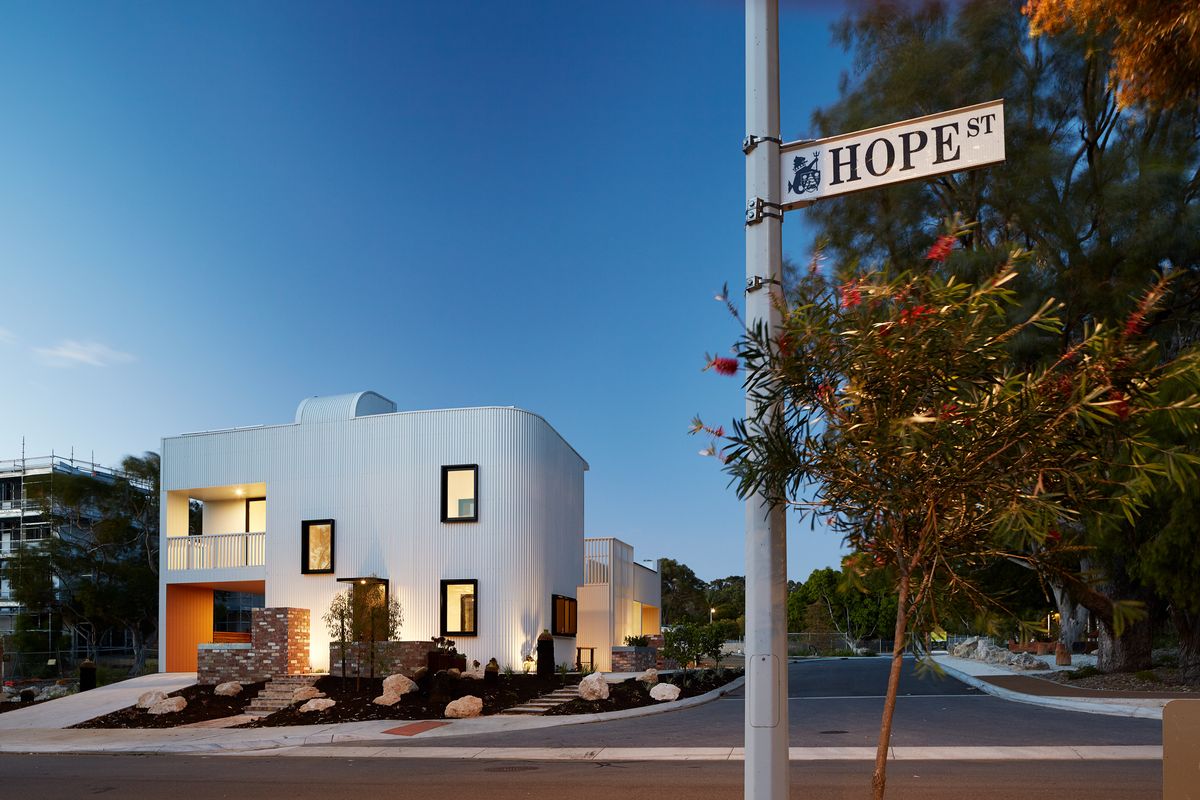While this trend reflects changing lifestyles and preferences, it also reflects growing financial barriers. At the end of 2015, Greater Sydney’s median dwelling price was close to $800,000 (over $1 million for inner ring suburbs),1 and few properties for sale were affordable to moderate income households (just over 18 per cent in June 2015).2
Although the ‘crisis’ of generation rent may be over-stated, the growing wealth gap between owners and renters and contracting access to home ownership will undoubtedly have consequences, not only for affected households, but for society more broadly.
To better understand ‘Generation Rent’, I asked young planners in Sydney to share their experiences and to offer their perspectives on what we, as planners, might do to address the growing divide.
The experience of private renting
The young planners I’ve spoken to identified a range of benefits to renting; lower monthly costs (both for occupancy and maintenance), greater mobility (including the option to move to other cities) and access to better properties and locations than if you were to be an owner-occupier.
However, they also identified a range of shortcomings, including vulnerability to rental increases, potential eviction, lack of privacy, and stresses around house sharing.
“I’m approaching 30 very fast and I don’t want to live in a share house anymore. It’s time to move to a nice rental, but I will have to forgo saving for a house.”
They also raised concerns about the practicality and financial implications of staying in private rental over the long-term.
“There are no forced savings when renting, which can make it difficult to save money, compared to buying where your money is tied up in the property.”
“I do worry that no one is going to rent to a 60 year old. I also worry that as much as I can’t get a loan now, will I be able to get a loan at 55 for 25 years? Also, how will I pay rent at 70?”
Barriers to home ownership
Although they expressed some reservations about entering home ownership (related to costs), most of the young planners I spoke to aspire to become homeowners. But for many this is not feasible.
“My aspirations of property ownership are definitely not achievable in the short term.”
Some doubted whether they would ever be able to afford a property in an area where they want to live.
“I will continue to commute 2 hours a day. That’s a fact that I have come to accept.”
Many struggle to save for a home deposit while also paying rent.
“Do I want to save money towards a house while putting up with share house conditions OR do I rent a nice property and pay exorbitant rent where I’m unable to save for a house deposit?”
While family support, remaining at home for longer or sharing costs with a partner have helped some to enter the housing market, these options are not universally available.
“I have found that if you don’t have financial assistance from family members, are in a solid relationship (enabling you to share costs with a partner), or can live at home for a large proportion of your 20s, the sad truth is that the chances of purchasing a property are slim to none.”
Opportunities to support access to home ownership through the planning system
The young planners I spoke to felt limited in their professional capacity to affect housing affordability, despite it being an issue of major importance to them.
“I feel quite powerless with regard to affecting housing affordability.”
While they highlighted the important role of planning in ensuring a diverse range of dwelling types are permissible under local planning instruments, and that housing is delivered in accessible locations, they feel they have limited tools to meaningfully affect housing affordability.
“I feel like the planning tools provided do nothing to affect meaningful change.”
They noted that even lower cost housing, such as boarding houses, is rarely affordable in Sydney’s competitive rental market.
“It upsets me to approve boarding houses and know they will fetch $350 a week for a tiny room.”
While they pointed to the potential role of VPAs and inclusionary zoning in supporting affordable housing provision, these mechanisms are rare in Sydney, in practice, and are restricted under legislation. Moreover, strategies to support the provision of affordable housing in Sydney have focused solely on the rental tenure.
This is not the case in other global cities, in contrast, London’s affordable housing contributions are required on all significant development sites, of which 40% of housing must be for the ‘intermediate’ market (i.e. offered at moderate rent or for affordable home ownership). This approach is aimed at “helping Londoners get a first step on the housing ladder.” As these ‘intermediate’ housing tenures require less subsidy than social or affordable rental housing, they enable scarce public resources to be extended.3
Closer to home, South Australia adopted a target in 2005 to deliver 15% affordable housing on all significant development sites, the majority of which has been offered to eligible households at benchmark prices that are affordable on moderate incomes. A similar approach was used by the former Urban Land Development Authority in Queensland, to deliver affordable homes for purchase on its sites. In some instances benchmark price-points have been achieved through design alone. In higher value areas they have been achieved by offering properties in conjunction with special financing arrangements or through equity sharing.4
Conclusions
As young people struggling to enter Sydney’s housing market, and as professionals with a vested interest in meeting the housing needs of the population, the young planners I spoke to want to see more affordable housing opportunities across the income spectrum. But they need policy tools to make that happen. In exploring options, Sydney would do well to look to other cities, both within Australia and abroad, as to how they are using the planning system to support affordable home ownership for first time buyers, often with little subsidy requirements.
1. Department of Families and Community Services, Analysis and Research 2016, Rent and Sales Report No. 115, NSW Government, Sydney.
2. Department of Family and Community Services, Centre for Affordable Housing 2016, Table M3b: Proportion of Purchase Stock that is Affordable, NSW Government, Sydney.
3. Greater London Authority 2016, The London Plan: The Spatial Development Strategy for London Consolidated with Alterations Since 2011, Greater London Authority: London.
4. Gilbert, C and Gurran, N 2013 Planning for Affordable Home Ownership: New Perspectives from Australia, Paper presented at AESOP ACSP 2013, Dublin, Ireland, July 15-19.
This article originally appeared in New Planner (September, 2016) – the journal of the New South Wales planning profession – published by the Planning Institute of Australia.












